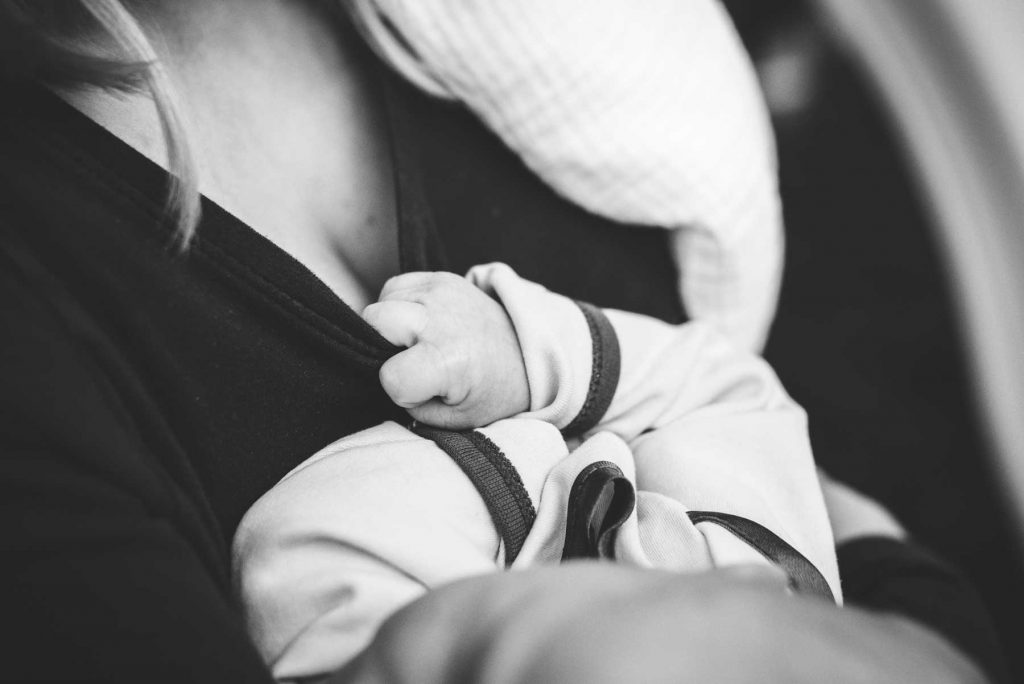Breastfeeding moms need our support
Contributed by: Alissa Hughes, SPCC WIC Peer Counselor
My name is Alissa and I have worked as a peer counselor in SPCC’s WIC program going on 3 years now. I Iove this program, as we address the barriers to breastfeeding and offer support, education and advice to moms beyond the normal office hours. Thirteen years ago, my own WIC peer counselor was amazing and was genuinely the reason I never gave up. I have since nursed 3 children for a total of 8 years. I truly believe support is the foundation for a wonderful breastfeeding relationship. This month I’d like to touch on the stigma of breastfeeding in public.
When I had my first child I was so nervous to nurse in public. He hated being covered and I was always looking for a dressing room or worse, a bathroom to nurse in. By my 2nd and 3rd child, I realized it’s really supposed to be all about YOU and your babies’ level of comfort, not other people. Did you know that in New York State, mothers are allowed to breastfeed their baby in any location, public or private, where the mother is otherwise authorized to be irrespective of whether or not the nipple of her breast is covered during or incidental to the breastfeeding? Knowing this information and sharing it can be helpful for mothers who feel unsure of their ability to nurse their baby in public.
Recent polls reflect that 6 out of 10 breastfeeding mothers are afraid to nurse in public.
This makes me sad. Why is it like this? Nursing in public was not an issue in colonial America. Our foremothers were expected to maintain a household, including feeding the baby, and breastfeeding while shopping at the market or any public area. At that time, breastfeeding was the only way to feed a baby whether it was your biological mother or a wet-nurse. A wet nurse is a woman who breastfeeds and cares for another’s child. Wet nurses were often employed if the mother passed away or was unable or elected to not nurse. Breastfeeding in public was common because they lived in a society where breastfeeding was the only nutritional option for a child.
Over time, society’s outlook on breastfeeding began to change as the bottle and nipple were invented, and as commercially-created infant formulas became more accepted in the early 20th century. During World War II, many women were needed to fill jobs left by men going to war and with no laws concerning a woman’s ability to express milk at work, nursing was no longer an option. Formula manufacturers also formed relationships with doctors, promoting formula use as a safe and accepted alternative way to feed a baby. With so many societal shifts and changes, it’s not surprising that breastfeeding rates started to decline quickly after World War II, resulting in far less women nursing both in private and in public.
90% of babies were breastfed in the 20th century, compared to just 42% since the year 2000.
Unfortunately, the many benefits of breastfeeding are often forgotten, and education and support is not always readily available to pregnant and new moms, which I believe is the key to successful breastfeeding. At SPCC WIC, our peer counselors strive to always be available to help support and educate.
So how can we all help?
- Remember that every mom needs the space and freedom to do what is best for her in her situation.
- If you see a nursing mom, try and offer a smile or a thumbs up. Don’t stare, but remember that a smile showing support can greatly help her self-esteem.
“Breastfeeding is a gift that lasts a lifetime.”


